Low or burned transmission fluid is the main reason for slipping transmissions. Understanding what causes transmission slips may help you prevent them.
Take a look at how your clutch works if you operate a manual transmission. This is because sliding in a manual transmission is usually generated by worn-out clutches.
You may lessen the probability of your transmission slipping if you don’t overuse or heat your clutch. If the manual transmission begins to slide, replacing the clutch usually fixes the issue.
Slipping in an automatic transmission can be caused by the weakening of multiple parts. These include solenoid packs, transmission bands, and worn or broken clutch plates.
A mechanic will probably repair any or all of these components to fix the automatic transmission, as it has been slipping. As your vehicle accumulates miles, you’re more likely to notice your transmission slipping while shifting gears.
Here explore the reasons behind this slipping transmission problem and know how to fix it.
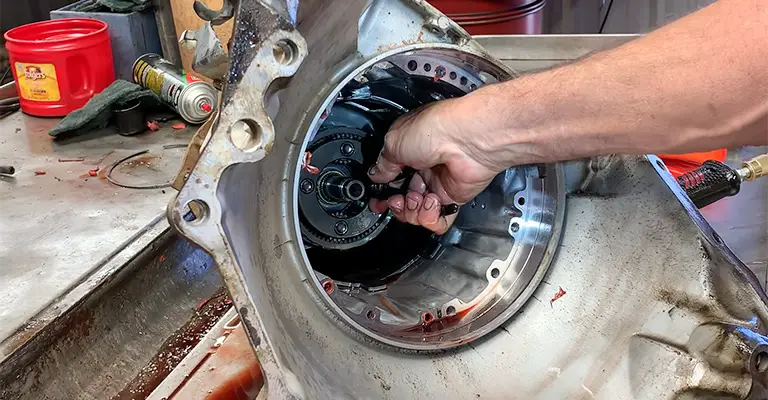
Transmission Slipping − What Is It?
When a transmission slips, the engine power and transmission power do not match, and the automated transmission does not activate the gears appropriately.
It can be compared to a manual transmission’s sliding clutch. There are several causes and methods for detecting whether or not your transmission is sliding; read the rest!
After changing gears, this normally occurs, and the vehicle often switches to neutral. As a scenario, your transmission could slide into neutral when you back out of your driveway, switch into drive, and then shift backward.
The slip is the most irritating in this situation. But it’s not difficult to anticipate conditions where a transmission slip creates a major risk to public safety.
That is why, following a slide, you should take your car to a transmission shop for maintenance as soon as possible.
Signs that Your Transmission Is Slipping
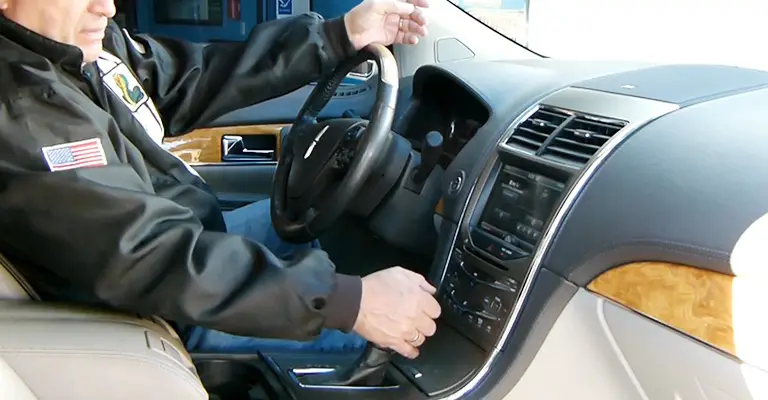
The most typical sign of a sliding transmission is when the engine’s RPM speed does not align with the car’s speed. If you’ve maintained your vehicle for a long, you’ve undoubtedly learned how it operates and when the transmission should switch to the next gear.
You have a sliding transmission if you try to drive and feel as though the engine RPMs are increasing, but the car does not go onward.
Burning smells coming from the gearbox, grinding sounds, or warning signals on your dashboard might also be signs of this.
Other shifting issues may also be apparent, including slower and late shifting.
Transmission Slipping Reasons
Insufficient or heated transmission fluid is the most prominent cause of sliding transmission. Worn gearbox bands, a broken torque transformer, or malfunctioning shift solenoids can also generate it.
In extreme cases, it might be caused by a poor TCM. Below is a complete listing of the reasons for slipping transmissions.
Poor Transmission Fluid
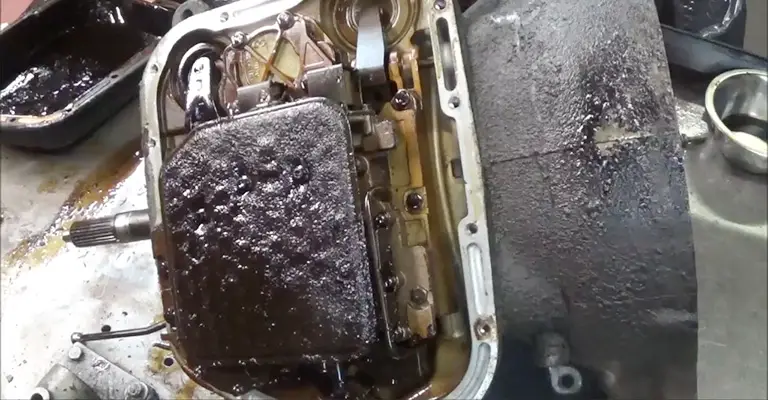
The most frequent and likely easiest reason for your gearbox to slip is low transmission fluid.
Whenever the fluid level declines, the force needs to engage the gears decreases properly. This puts pressure on it during switching, making it slide and overheat the gearbox fluid.
It is generally quite simple to check the transmission fluid condition by inspecting the dipstick in the engine compartment or consulting your service instructions on how to do so.
Keep in mind that the transmission process is secured; therefore, if there are no leaks, the transmission fluid shouldn’t go. Therefore, you must fix any leaks to avoid having the same issue again.
Damaged Transmission Fluid
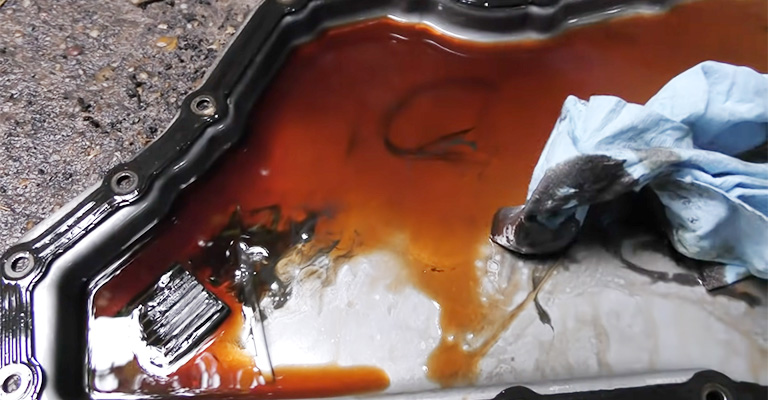
Burnt transmission fluid can also lead to transmission sliding. The burned fluid is very black in color and smells like bread that has been toasted.
The transmission fluid loses its effectiveness if it burns. Your transmission may slide as a result of this, as it may affect the majority of its operations.
It is clearly time to update your transmission fluid if it stinks or burns or to replace any damaged transmission elements that may be the cause.
Burnt transmission fluid may also be caused by a combination of extremely old transmission fluid and high fluid temps. It happens if your transmission is overheated.
Additionally, the black transmission fluid inside this transmission that has to be replaced might be caused by worn-out elements.
Transmission Bands that Are Worn Out or Broken
Many different types of automatic transmissions include transmission bands connecting their gears. Because these bands will fade over time, you may need to replace them.
However, this was considerably more usual in older transmissions, when changing the transmission bands was sometimes a component of the periodic service.
Currently, you should be allowed to keep these bands the same over the vehicle’s life, even though it is possible. Apparently, you must rebuild the entire transmission for all this.
Consequently, you should repair the bands only.
Defective Torque Converter
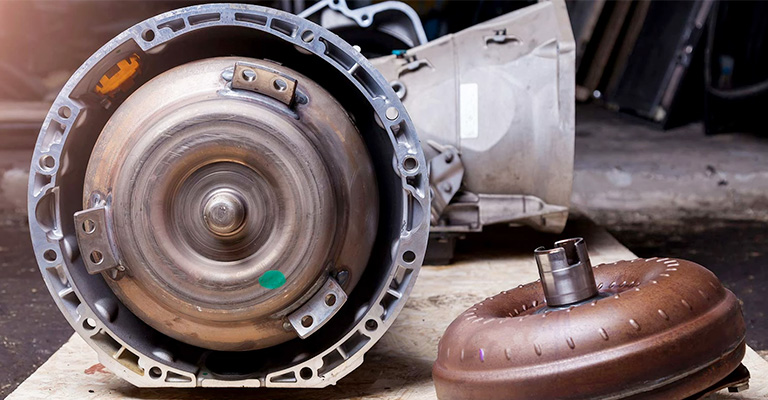
A bad torque converter is a highly frequent item that might result in a sliding gearbox. The element that serves as a grip in automatic gearboxes is the torque converter.
It is loaded with transmission fluid and used to transform engine energy to torque for the wheels. The most frequent issue with torque converters is their inability to appropriately create a force to transfer torque, which results in sliding transmissions.
Defective Shift Solenoids
The transmission’s shift solenoid is an electrical valve that controls hydraulic force to shift accurately at the proper time. Your transmission may start to slide if such solenoids are not operating or shutting appropriately, which may result in issues with engaging gears.
The shift solenoids could also malfunction due to bad wiring; in rare circumstances, a defective transmission control module may also be to blame.
Clutch Issues
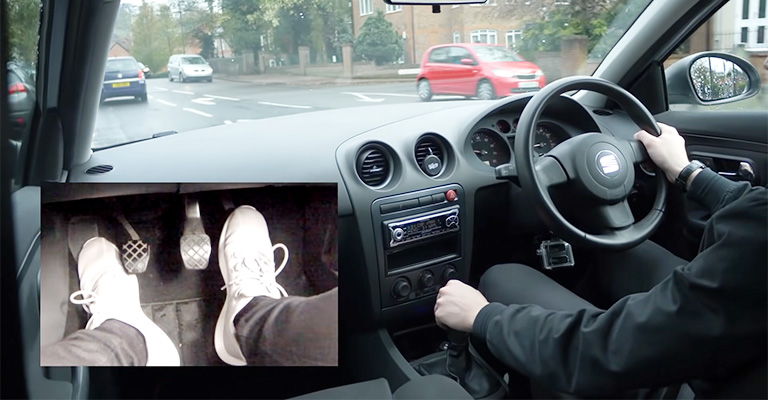
You may believe that clutches are mainly featured in manual transmission vehicles; however, this is not the case. In fact, clutches are used in the most sophisticated automatic transmissions.
In reality, many recent transmissions are manual, but a robot handles the switching. These gearboxes are often used in European models such as Volkswagen and BMW.
Generally known as a DSG / direct-shift gearbox. However, these gearboxes frequently contain two clutch disks, wet and dry.
They all have in common that they will fade out over age and, therefore, should be updated.
Ways to Avoid Transmission Slip
You must properly maintain both your vehicle and the transmission if you want to avoid it from slipping.
The simplest method of preventing transmission slippage is regularly updating the transmission fluid and filtering according to the timeline recommended for your particular vehicle type.
To avoid having poor transmission fluid, monitor the level of the fluid monthly and fix any breaks from the gearbox. This will keep your transmission from having many problems.
How Much Does Fixing a Sliding Transmission Cost?
Transmission faults cost extra. A new transmission typically costs nearly $2,600, although prices vary from $1,800 to $3,400.
The maintenance cost is a little lower, averaging $900, but it can range from $300 to $1,500, depending on the difficulty.
Wrapping Up
It is worthwhile to inspect your automated transmission fluid. Slipping may be caused just by low transmission fluid performance, but transmission fluid issues may cause or affect almost any transmission malfunction.
Whenever your transmission slides, test your fluid and top it out if required, though you should do it periodically. Then after, drive your car slowly and deliberately.
If you have no slips, zero transmission fluid leakage, and the fluid left in your car does not smell burned or appear opaque, you are good to go!
Meta:
Discover what causes transmission slipping and also know the ways to avoid transmission slipping issues. Continue reading to learn more.
Leave a Reply